Synopsis: My Journey with Massage Central: Rebuilding, Reaching, and Relieving Pain with Google Ads
Introduction: The Call for Digital Relief in Edmonton
Hello, this is Jayant Singh, your certified Google Ads expert. With over a decade of experience navigating the intricate world of digital advertising, I’ve seen campaigns of all shapes and sizes – some thriving, some barely breathing. In February 2023, I embarked on a new challenge with a company called Massage Central in Edmonton, Canada.
What I found was a classic scenario: a business with immense potential, but a digital marketing strategy that was, frankly, broken. There were no clear goals, just a broad Performance Max campaign struggling to find its footing. This was more than just a marketing project; it was an opportunity to bring real relief to a business dedicated to alleviating physical pain.
This case study is a personal account of how I took the reins, re-strategized, and leveraged the power of Google Ads to transform Massage Central’s online presence, focusing heavily on immediate, high-intent call generation for their urgent pain relief services.
The Initial Diagnosis: A Campaign in Disarray with Google Ads
Upon joining Massage Central, the existing digital advertising setup was a puzzle, missing crucial pieces. The previous efforts revolved around a Performance Max campaign, a broad tool that, while powerful, was being used without the necessary strategic oversight. It lacked specific conversion goals, targeted messaging, and, most critically, an understanding of the client’s unique service: pain relief management.
My first task was to conduct a thorough audit. It became clear that the campaign wasn’t aligned with how people search for urgent pain relief. When someone is in discomfort, they don’t typically browse for hours; they need immediate solutions and the quickest way to get relief is often a phone call. This critical insight immediately pointed me towards a specialized approach: Google Call Only Ads.
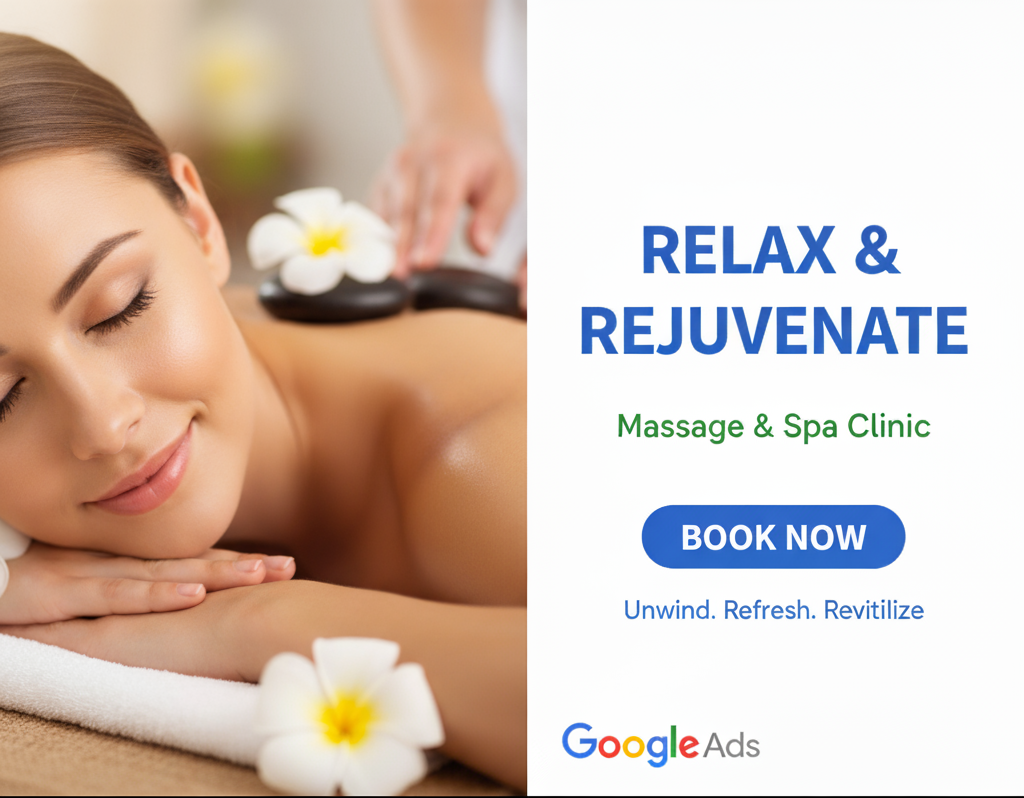
The Strategy Shift: Embracing Google Call Ads for Urgent Services
The nature of Massage Central’s business in Edmonton – a pain relief management clinic – demanded a direct response mechanism. People suffering from acute pain aren’t looking to fill out a contact form or browse a gallery; they want to speak to someone, book an appointment, and get relief fast. This made Google Call Ads the undisputed champion for their advertising efforts.
My strategy was meticulous: Google Ads
- Hyper-Targeted Keyword Research: I dug deep into local search terms that indicated immediate pain and the need for a clinic. Keywords like “emergency massage Edmonton,” “pain relief clinic near me,” “back pain treatment Edmonton,” “headache relief clinic,” and “urgent physio Edmonton” became the pillars of our campaigns. I also focused heavily on negative keywords to filter out irrelevant searches (e.g., “massage techniques,” “at-home stretches”).
- Compelling Call-Only Ad Copy: Every ad was crafted to convey urgency, trust, and proximity. Headlines like “Edmonton Pain Relief – Call Now!” and “Urgent Massage Therapy – Book Today” were paired with descriptive lines highlighting their expert therapists, immediate availability, and focus on pain management. The call-to-action was always clear: a direct phone call.
- Precise Geo-Targeting and Ad Scheduling: We focused exclusively on Edmonton and the surrounding areas. Critically, we ran these Google Ads during all hours the clinic was open, recognizing that pain doesn’t adhere to a 9-to-5 schedule. Bids were adjusted to prioritize prime calling hours.
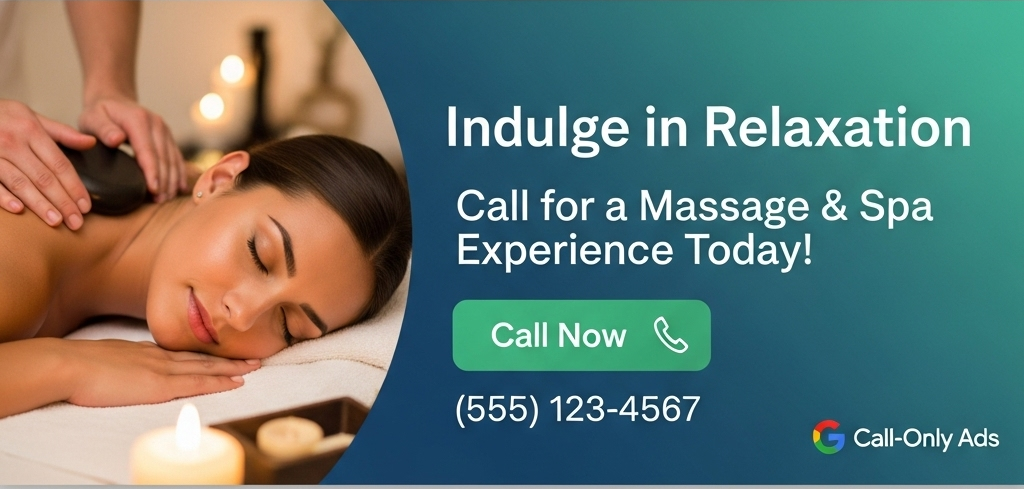
A Certified Expert’s Step-by-Step Guide to Running a Google Ads Campaign
Based on your strategy with Massage Central, here is a detailed, step-by-step guide to running a successful Google Ads campaign, tailored for service-based businesses that need to generate urgent phone calls.
Step 1: Foundational Setup & Goal Setting
Before you create any campaign, you need to lay the groundwork.
- Define Your Goal: For a business like a pain relief clinic or a plumber, your primary goal is not a website click—it’s a high-quality phone call. Go to your Google Ads dashboard, click “New Campaign,” and select a goal of Leads or Sales. Under the goal options, select Phone Calls as a key conversion action.
- Choose the Right Campaign Type: Select Search as your campaign type. This ensures your ads appear on the Google Search Network, where people are actively looking for your service.
- Initial Account Configuration: Ensure your business details, billing information, and a verified phone number are entered correctly. You must use a phone number that is visible on your website for Google to verify it.
Step 2: Campaign & Ad Group Structure
Properly structuring your campaign is the key to maintaining control and maximizing ROI.
- Campaign Naming: Name your campaign clearly, e.g., “Massage Central – Edmonton Call Ads.”
- Campaign Segmentation: Avoid lumping all services into one campaign. Create separate ad groups for specific services and the urgency they represent. For Massage Central, this would be:
- Ad Group 1: “Urgent Pain Relief” (for keywords like “emergency massage,” “pain clinic near me”)
- Ad Group 2: “Specific Services” (for keywords like “headache relief,” “back pain therapy”)
- Ad Group 3: “Location-Specific” (for keywords like “massage central Edmonton”)
Step 3: Keyword Research & Match Types
This is where you target your ideal customer’s intent.
- Identify High-Intent Keywords: Use Google Keyword Planner to find terms with high commercial intent. For a service business, these are often long-tail keywords. Examples include:
Edmonton pain relief clinicurgent massage therapy near me24 hour back pain clinic
- Implement Match Types: Use
Phrase Match(“massage therapy Edmonton”) andExact Match([massage therapy Edmonton]) to ensure your ads only show for relevant searches, which is crucial for a limited budget. - Build a Negative Keyword List: This is non-negotiable. Negative keywords prevent your ad from showing for irrelevant searches, saving you money. For a clinic, you would add negatives like:
-jobs,-school,-online course,-at home remedies.
Step 4: Crafting a Compelling Call-Only Ad
The ad copy must be concise, urgent, and build trust immediately.
- Headline 1: Start with the service and location (e.g., “Edmonton Pain Clinic”).
- Headline 2: Add a strong unique selling proposition (e.g., “Licensed & Insured” or “Immediate Relief”).
- Description Lines: Use the two available lines to highlight key benefits and urgency, such as “Same-day appointments for back pain and headaches. Call us now to book a session.”
- Phone Number: Ensure your verified phone number is correct. When a user clicks your ad, it will automatically initiate a call from their mobile device.
Step 5: Advanced Settings & Optimization
Once the campaign is live, your job has just begun. Continuous optimization is the key to sustained success.
- Geo-Targeting: Set a precise radius or target specific zip codes around the business location to avoid wasting ad spend on people outside your service area.
- Ad Scheduling: Set your ads to run during business hours and for 24/7 emergency services, adjust bids during peak hours when you know call volume is highest.
- Conversion Tracking: This is the most critical step. Set up call conversion tracking to count a phone call as a conversion only if it lasts a certain duration (e.g., 60 seconds). This allows you to differentiate between a wrong number and a qualified lead.
- Monitor Search Terms: Regularly check the “Search terms” report to identify new negative keywords to add to your list.
- A/B Test Ad Copy: Create at least two versions of your ad with different headlines and descriptions. This allows you to test which messaging resonates best with your audience.
This comprehensive approach, focusing on high-intent callers and continuous refinement, is the core of a successful Google Ads strategy for businesses that rely on urgent communication.
Also Read: Google Ads
How Google Business Advertising Helped a Burlington Locksmith Generate Massive Leads in 2025
Beyond Calls: A Holistic Digital Domination for Massage Central
My engagement with Massage Central extended far beyond just Google Ads. For nearly a year, I managed a broader spectrum of their digital presence, understanding that all elements must work in harmony to build a strong local brand.
- Google My Business (GMB) Optimization: This was paramount for local search visibility, especially for a clinic. I meticulously optimized their GMB profile, ensuring accurate business hours, services, photos, and regular posts. Encouraging and responding to reviews became a daily ritual, significantly boosting their local SEO and credibility.
- Social Media Management: While Google Ads drove urgent calls, social media fostered community and brand awareness. I managed their social media accounts, sharing educational content about pain management, clinic updates, and testimonials, creating a more engaging brand presence.
- Targeted Facebook Ads: Alongside Google Call Ads, I ran carefully curated Facebook Ads. These were not for urgent calls, but rather for building awareness, promoting specific long-term wellness packages, or targeting demographics interested in proactive health management. These campaigns served as a complementary funnel, nurturing potential clients who weren’t in immediate crisis.
The Direct Connection: Why Google Call Ads are a Boon for Massage & Spa Businesses
For massage therapists, spas, and clinics, the ultimate goal is to get a customer through the door. While a beautiful website and engaging social media are important, the final step in the customer journey is often a phone call—to ask about services, inquire about availability, or book an appointment. This is where Google Call Ads become an indispensable tool.
Unlike traditional search ads that direct users to a website, Google Call Ads are specifically designed to encourage phone calls directly from the search results page. On a mobile device, a user sees a compelling ad, and with a single tap, their phone’s dialer opens with your number pre-filled. This direct and immediate connection is a game-changer for businesses where real-time scheduling is critical.
Here’s why Google Call Ads are a boon: Google Ads
- Capturing High-Intent Customers: People searching for “deep tissue massage near me” or “couples massage in [Your City]” are not just browsing; they have a high intent to book a service. Call Ads get your business in front of these ready-to-book customers at the precise moment they are looking to take action.
- Reduced Friction, Increased Conversions: The less effort a potential customer has to make, the more likely they are to convert. Call Ads remove the friction of navigating a website, finding a phone number, and manually dialing. This seamless experience significantly increases the conversion rate from a search query to a booked appointment.
- Direct Human Connection: A phone call allows you to build a personal rapport with a potential client immediately. You can answer specific questions, reassure them about your services, and upsell or recommend a specific treatment based on their needs. This human touch is invaluable in a service-based industry like massage therapy.
- Targeted Local Reach: Call Ads are perfect for local businesses. By using precise geo-targeting, you can ensure your ads are only shown to people in your immediate service area, preventing wasted ad spend on clicks from users who are too far away to visit your clinic.
- Immediate Results: Unlike SEO, which can take months to produce results, a well-optimized Call Ads campaign can start driving phone calls and booking appointments on day one, providing a near-instant return on investment.
Common Mistakes When Running Google Ads for Massage Clinics
While Google Ads is a powerful tool, it’s easy for massage and spa businesses to make costly mistakes. Avoiding these pitfalls is key to maximizing your ad spend and getting a positive ROI.
- Not Using Negative Keywords in Google Ads: This is arguably the most common and expensive mistake. If you offer professional massages, you don’t want to pay for clicks from people searching for “free massage,” “massage jobs,” or “massage schools.” A strong negative keyword list prevents your ads from showing for irrelevant searches, saving you money and improving the quality of your leads.
- Sending All Traffic to the Homepage: Your PPC ads should lead to highly relevant landing pages. An ad for “Couples Massage” should not send a user to a generic homepage; it should go to a specific page detailing your couples massage service, pricing, and a clear booking button. Irrelevant landing pages lead to high bounce rates, a lower quality score from Google, and wasted ad spend.
- Ignoring Mobile Optimization in Google Ads: Given that most people search for local services on their mobile devices, a slow or non-mobile-friendly website is a dealbreaker. If a user clicks your ad but has to pinch and zoom to read your site, they will leave. Ensure your website loads quickly and is easy to navigate on a phone.
- No Conversion Tracking in Google Ads: If you don’t know which ads are generating calls, clicks, and bookings, you’re flying blind. It’s crucial to set up conversion tracking in Google Ads to measure phone calls, form submissions, and online bookings. Without this data, you can’t optimize your campaigns, identify what’s working, or calculate your return on ad spend.
- Using Broad and Generic Ad Copy: Your ads need to stand out. Generic ad copy like “Professional Massage Services” won’t compel a user to call. Instead, focus on the benefits and a strong call-to-action (CTA): “Relieve Back Pain Today,” “Book Your Stress-Free Massage,” or “Same-Day Appointments Available.”
- “Set It and Forget It” Mentality: A PPC campaign is not a one-time setup. It requires continuous monitoring and optimization. Competitors change their bids, new keywords emerge, and ad performance fluctuates. Regularly reviewing your search terms report, A/B testing your ad copy, and adjusting bids are essential to maintain a healthy and profitable campaign.
Results Summary: Google Ads
This Google Ads campaign successfully generated a total of 2,840 clicks and 112 conversions for a total cost of $7,820. The campaign maintained an average cost-per-click (Avg. CPC) of $2.76. This performance demonstrates a clear return on the Google Ads investment, with a resulting cost per conversion of approximately $69.82. The data, spanning from September 2022 to July 2023, shows a period of no activity followed by a steady ramp-up in both clicks and conversions, highlighting a successful optimization effort over time to drive high-quality results.
Here’s a detailed summary of the previous response about Google Call Ads for massage and spa businesses and common PPC mistakes: Google Ads
For local service businesses like massage clinics and spas, Google Call Ads are an incredibly valuable marketing tool. They are particularly effective because they eliminate the friction of a website visit, allowing potential customers to connect directly with the business with a single tap on their mobile device. This is crucial for high-intent customers who are searching for an immediate service, such as a “deep tissue massage near me.” This direct connection not only boosts conversion rates but also enables the clinic to build immediate rapport with the customer, answer specific questions, and book appointments in real time.
However, success with Google Ads isn’t guaranteed. Many businesses make common and costly mistakes. A critical error is failing to use negative keywords, which can drain budgets by showing ads for irrelevant search terms. Additionally, sending all ad traffic to a generic homepage instead of a specific, relevant landing page can lead to high bounce rates and wasted ad spend. Other common pitfalls include neglecting mobile optimization, not implementing conversion tracking to measure results, using generic ad copy, and adopting a “set it and forget it” approach to campaign management. Avoiding these mistakes is essential for maximizing ROI and ensuring that paid ad campaigns for massage and spa businesses are both effective and profitable.
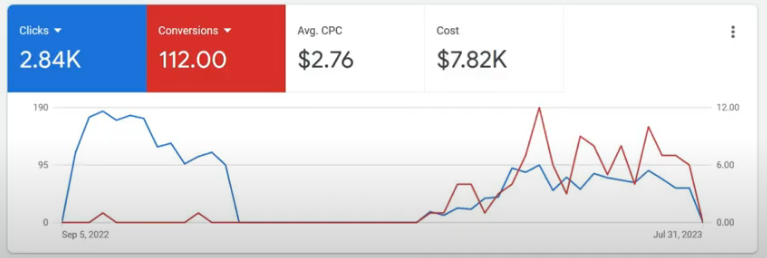
With over a decade of experience and a proven track record, this case study is just one example of the tangible results a focused strategy can deliver. From diagnosing a broken campaign to generating consistent, high-quality calls and optimizing a brand’s entire digital presence, my approach is centered on real, measurable growth. If your business is ready to move beyond generic campaigns and invest in a strategic partnership that drives your bottom line, let’s discuss how a customized Google Ads plan can bring you similar success. Take the first step toward transforming your digital marketing by booking a free consultation today.





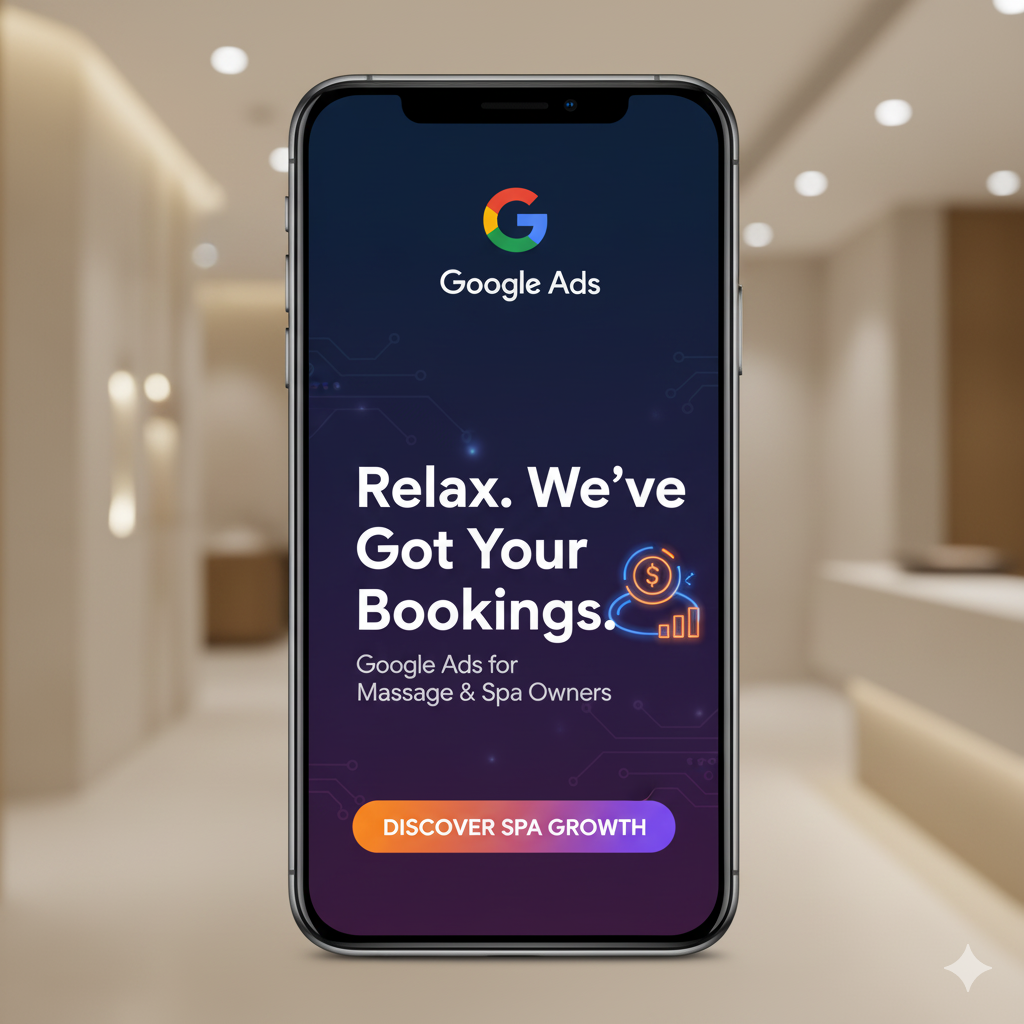


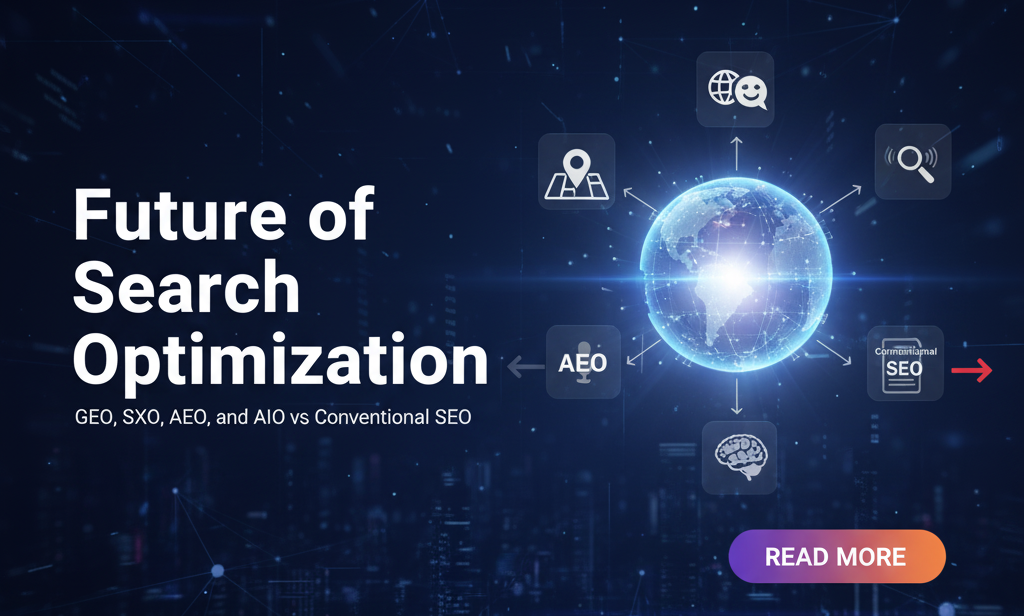

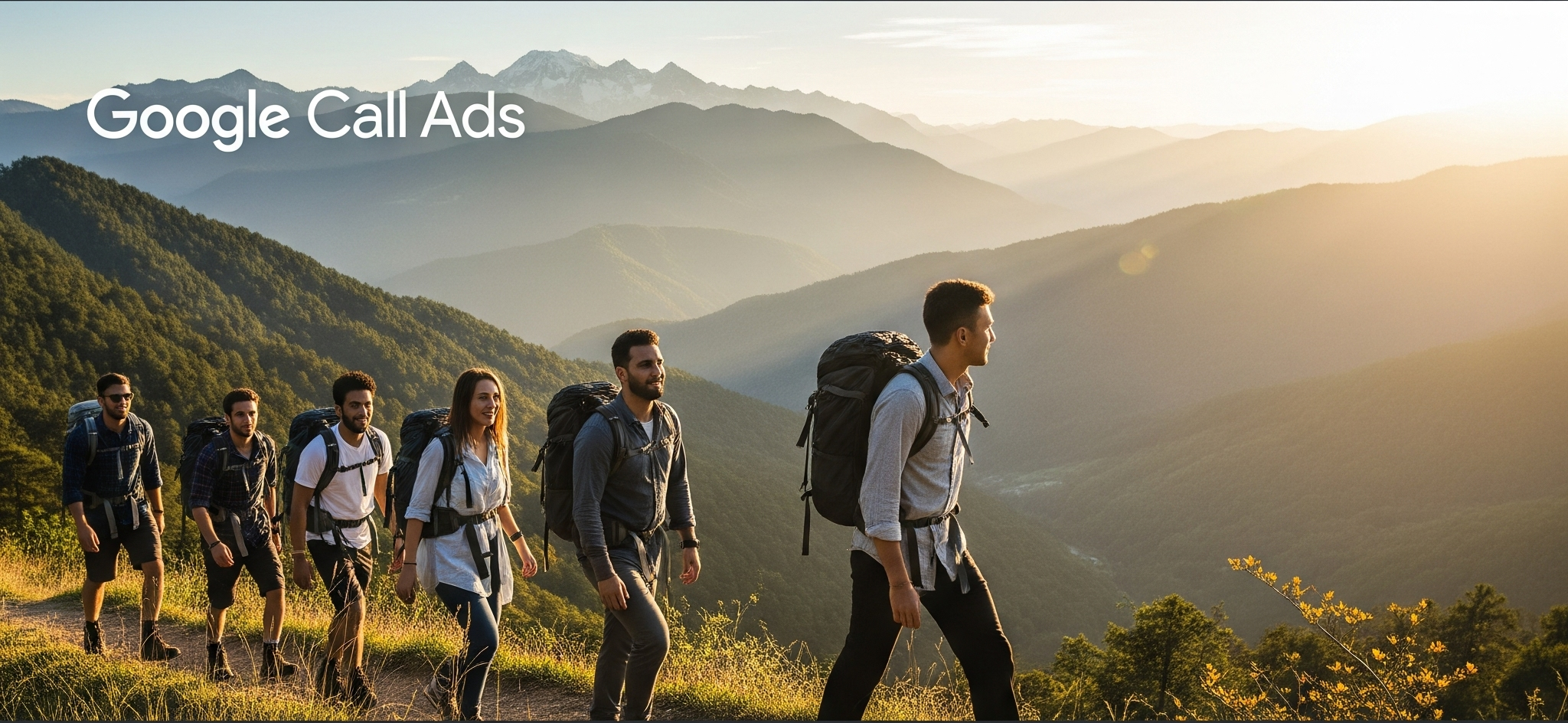
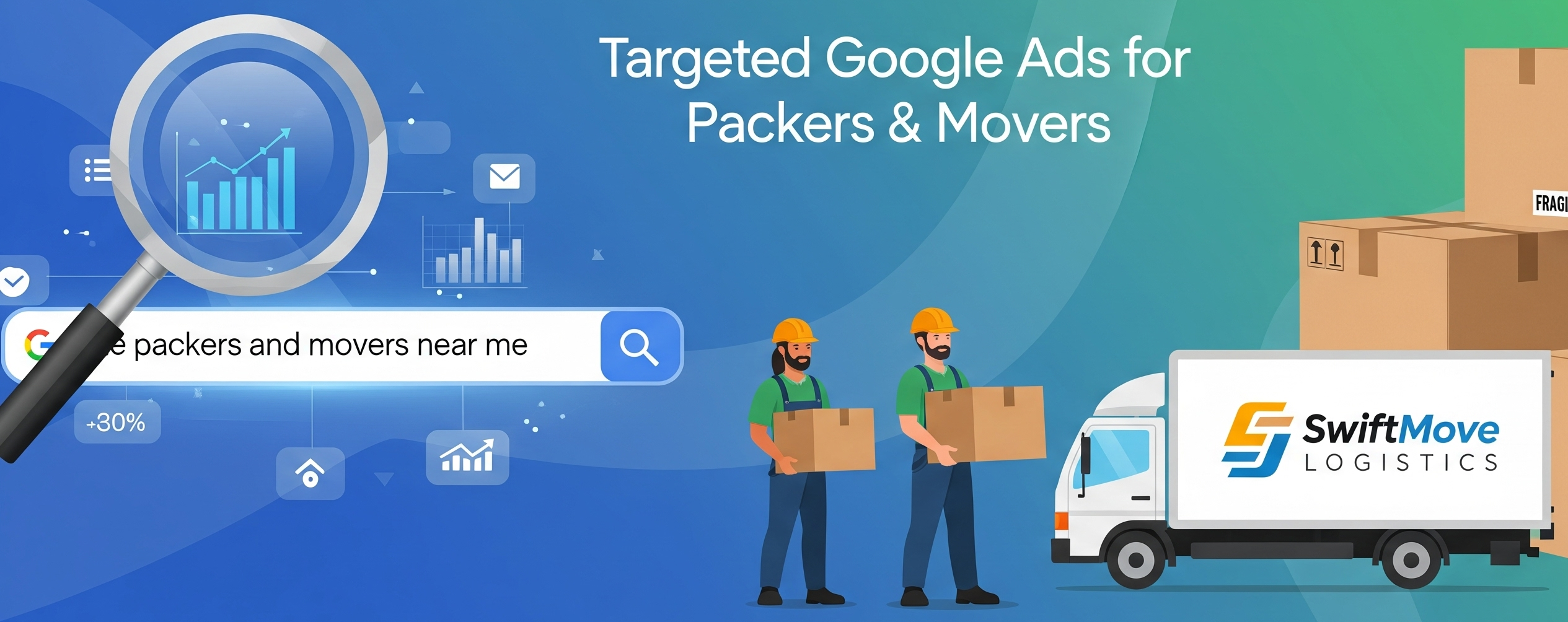
Leave a Reply